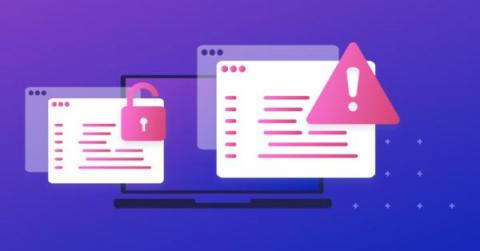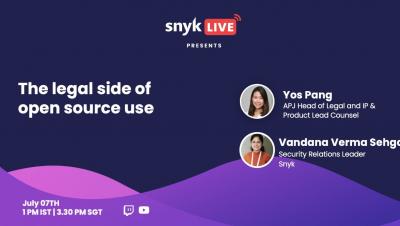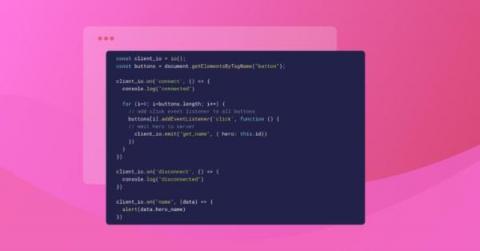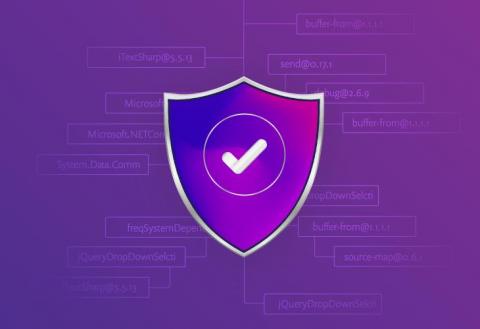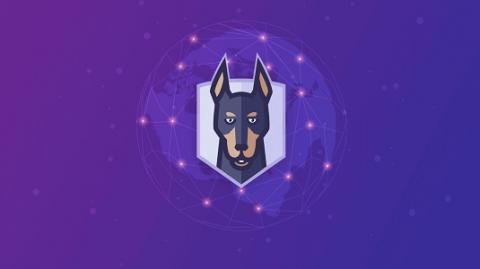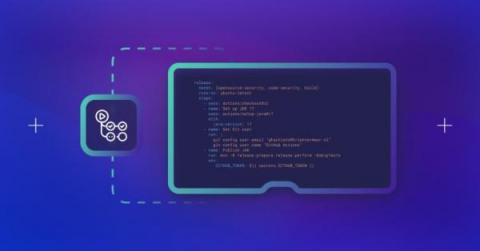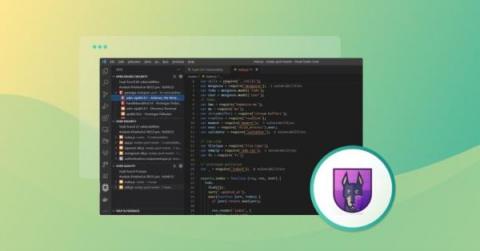Exploring CVE-2022-33980: the Apache Commons configuration RCE vulnerability
Before we dive into the details of this vulnerability, we want to make it clear that there’s no need for panic. Many systems permit the use of various types of code in configuration files, and there are legitimate use cases to include string and variable interpolation in the configuration of applications and systems. This is not Log4Shell all over again. This is simple configuration manipulation.


